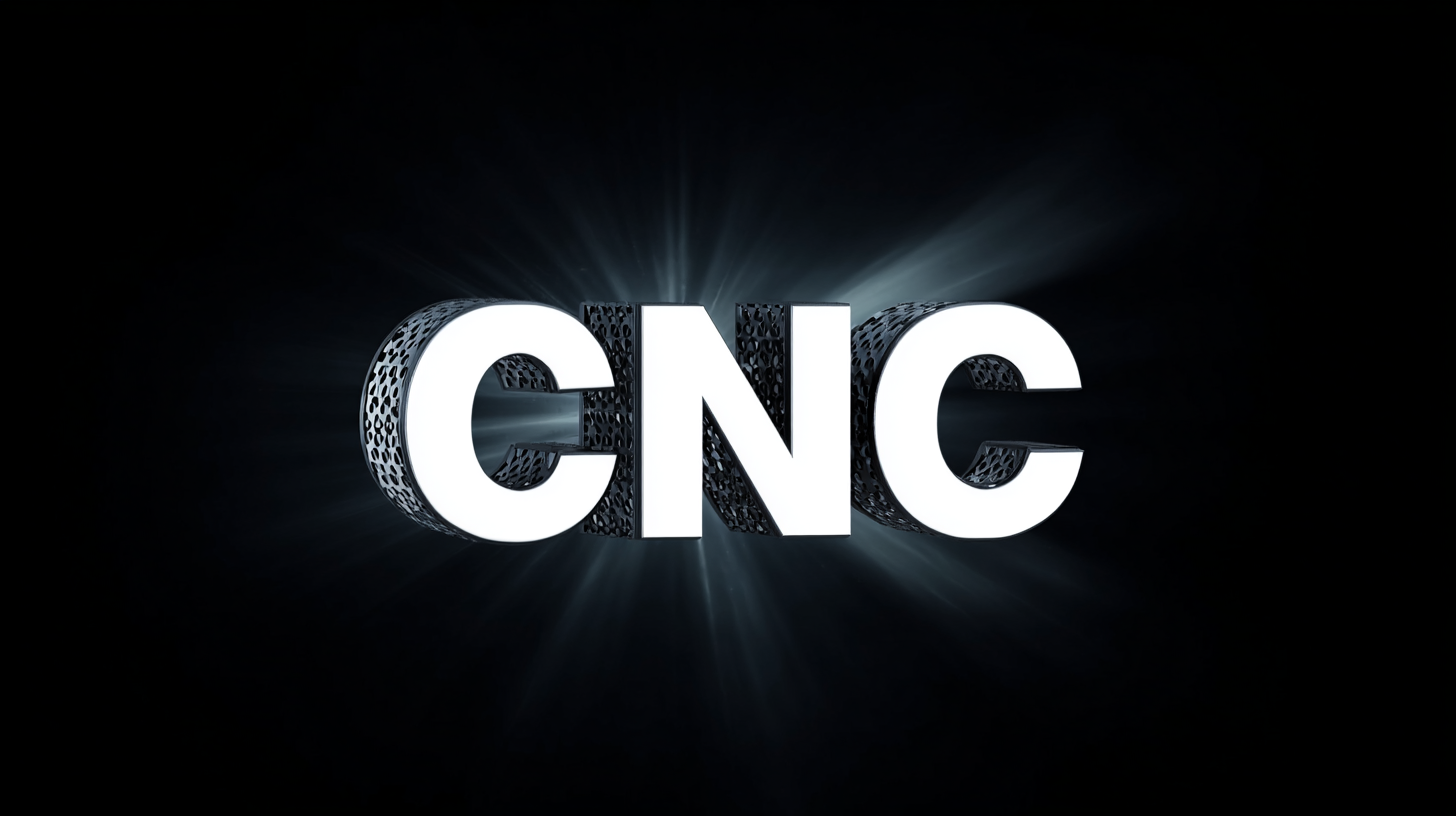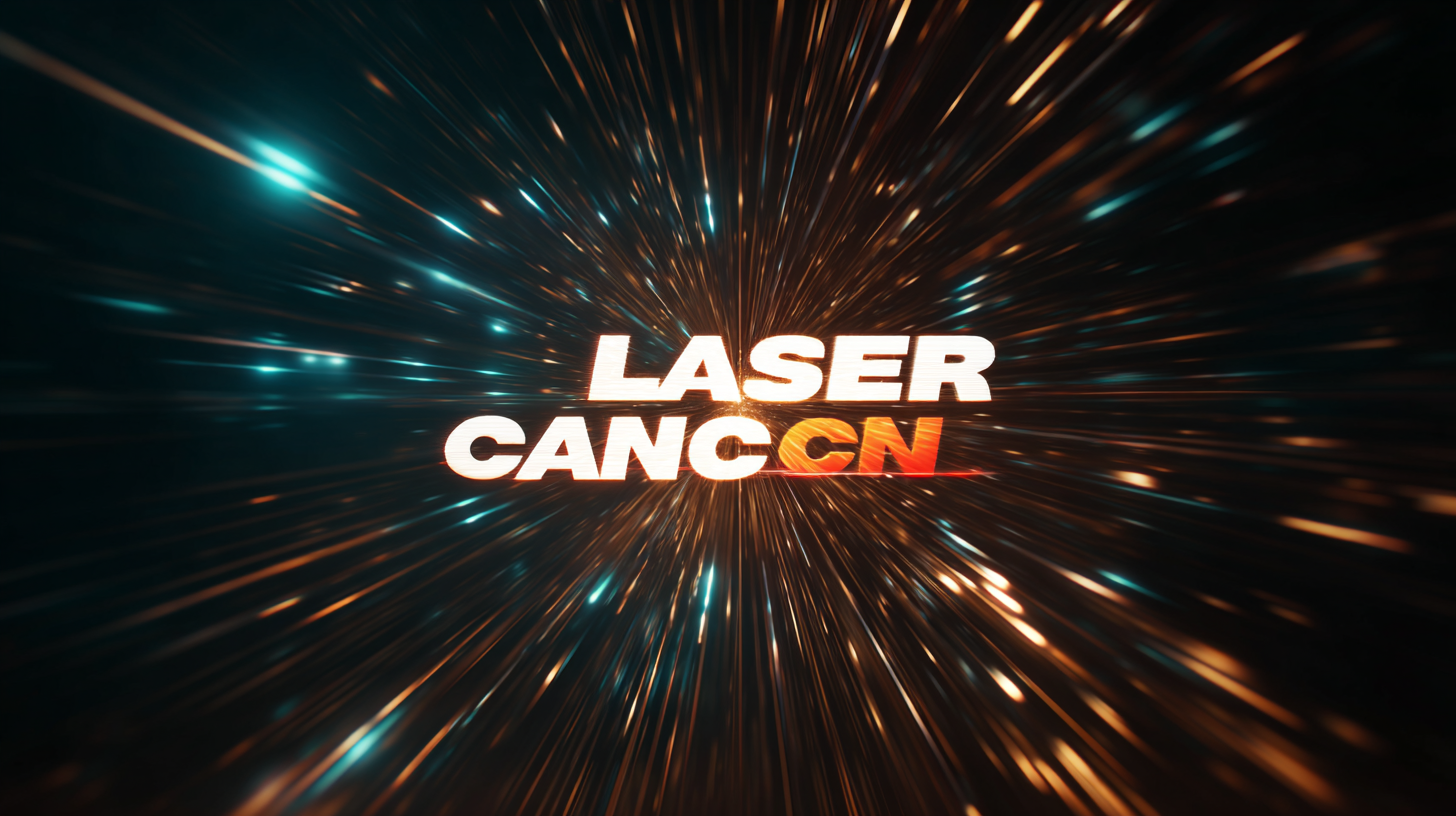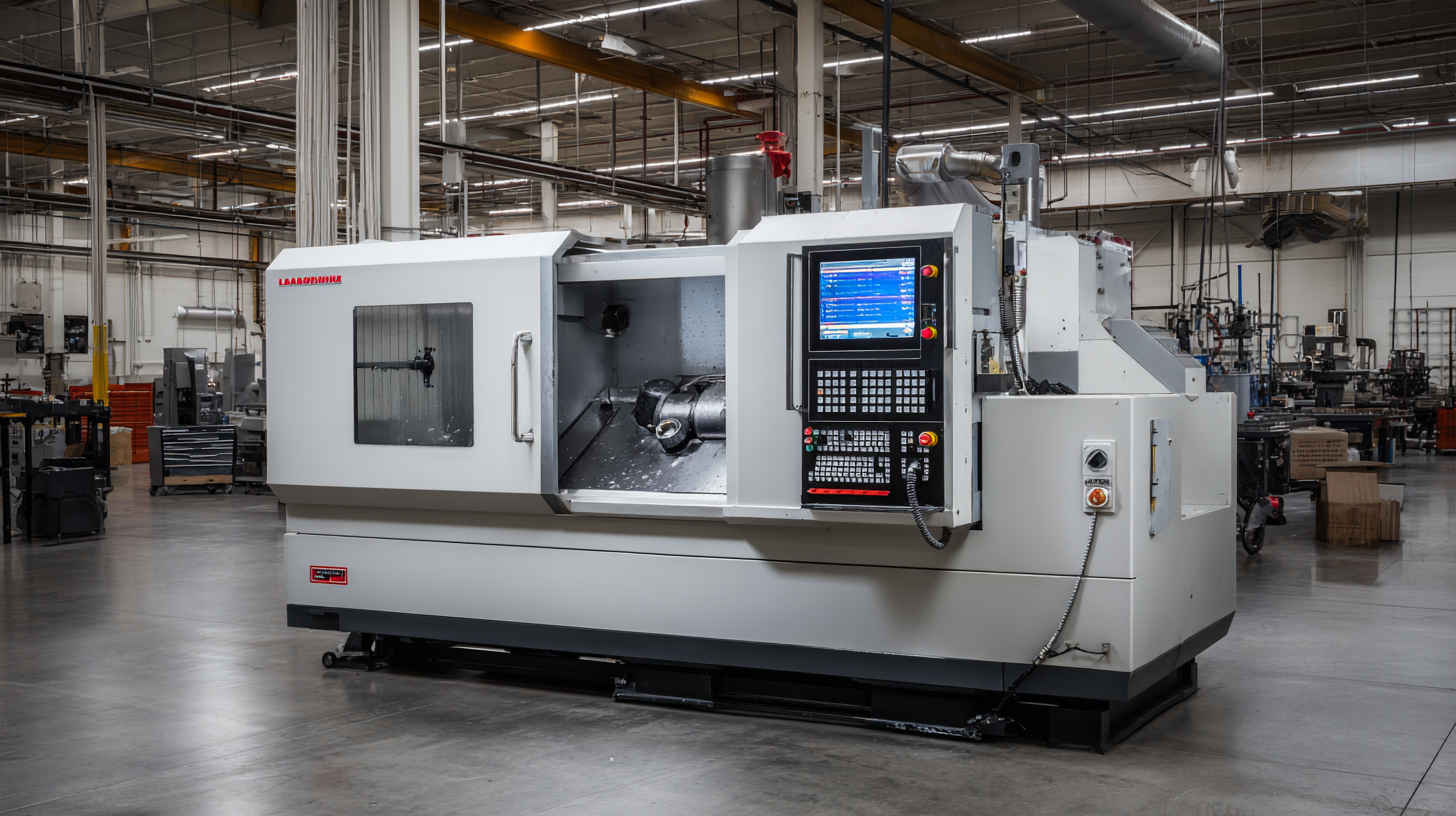Unveiling the Common Challenges Faced by Manufacturers in Adopting the Best Laser CNC Technology
As manufacturers increasingly turn to advanced technologies to enhance productivity and precision, the adoption of Laser CNC systems has emerged as a game-changer in the industry. According to a report by Market Research Future, the global laser cutting market is expected to reach $5 billion by 2025, driven by the demand for high-quality and efficient fabrication processes. However, transitioning to Laser CNC technology is not without its challenges. Manufacturers often face hurdles such as high initial investment costs, the need for specialized training, and integration issues with existing systems. Understanding these common obstacles is crucial for businesses aiming to leverage Laser CNC technology effectively. By addressing these challenges head-on, manufacturers can unlock the full potential of this cutting-edge technology and stay ahead in an increasingly competitive landscape.

Understanding the Key Factors Hindering Laser CNC Technology Adoption in Manufacturing
The adoption of laser CNC technology in manufacturing presents a multitude of challenges, often hindering its widespread implementation. One of the primary factors is the significant upfront investment required. Many manufacturers face difficulty in justifying the costs associated with upgrading or acquiring new laser CNC systems, especially if their existing machinery still meets production needs. This financial barrier is compounded by the uncertainty surrounding return on investment, leading to hesitancy among decision-makers.
Additionally, there is a considerable knowledge gap in effectively integrating laser CNC technology into current manufacturing workflows. Many facilities lack the necessary expertise to handle the sophisticated software and hardware that laser machines require. Furthermore, training existing staff to operate these advanced systems can be a time-consuming and expensive process. This, paired with concerns over potential disruptions to production during the transition, contributes to the slow adoption of laser CNC solutions. Addressing these barriers is crucial for manufacturers aiming to leverage the precision and efficiency of laser technology.
Unveiling the Common Challenges Faced by Manufacturers in Adopting the Best Laser CNC Technology
| Challenge | Description | Impact Level (1-5) | Priority for Solution (1-5) |
|---|---|---|---|
| High Initial Investment | The upfront costs of laser CNC technology can be prohibitive for many companies. | 4 | 5 |
| Skill Gaps | A lack of skilled operators who can effectively use CNC laser equipment. | 3 | 4 |
| Maintenance Challenges | Regular maintenance is necessary to keep machines operational, which can be a logistical issue. | 4 | 3 |
| Technology Integration | Integrating new laser CNC technology with existing systems can be complex. | 5 | 5 |
| Supply Chain Issues | Delays in the supply of components needed for laser technology can hinder adoption. | 4 | 4 |
Assessing the Financial Implications of Integrating Advanced Laser CNC Systems
The integration of advanced laser CNC systems presents significant financial implications for manufacturers. According to a report by MarketsandMarkets, the global market for laser cutting technology is expected to reach $4.18 billion by 2027, reflecting a CAGR of 6.02%. This growth underscores the necessity for manufacturers to consider the cost-benefit balance of adopting laser CNC technology. The initial investment can be substantial, involving not only the purchase of new machinery but also training personnel and reengineering production processes to leverage new capabilities effectively.
Moreover, a study by the International Journal of Advanced Manufacturing Technology highlights that while the upfront costs may deter some manufacturers, the long-term savings can be considerable. The efficiency of laser CNC machines can lead to reduced material waste and lower operational costs, translating into a quicker ROI. For instance, it has been noted that manufacturers utilizing laser cutting technologies can achieve up to a 25% increase in productivity, indicating that those who invest in such advanced systems could gain a competitive edge in an increasingly demanding market. This financial justification is crucial for decision-makers contemplating the shift to laser CNC technology amidst common adoption challenges.

Identifying Workforce Skills Gaps for Effective Laser CNC Technology Implementation
The transition to advanced laser CNC technology presents a multitude of benefits for manufacturers, including enhanced precision and efficiency. However, successful implementation hinges largely on the workforce's skill set. A recent report from the Manufacturing Institute highlights that 4 million manufacturing jobs are projected to be needed by 2030, yet 2 million are expected to remain unfilled due to skills gaps. This disparity underlines the urgent need for targeted training programs to equip employees with the necessary competencies in operating and maintaining laser CNC machinery.
Investing in workforce development is not merely a solution; it is essential for the sustainability of laser CNC technology adoption. According to a survey by Deloitte, 87% of manufacturing executives acknowledge that a skills gap is impacting productivity and innovation in their operations. As laser CNC systems grow more complex, the demand for skilled labor in programming, troubleshooting, and advanced machine operation intensifies. It is critical for manufacturers to assess current employee skills and implement robust training initiatives to bridge these gaps, ensuring that their workforce can fully leverage the capabilities of modern laser CNC technology.
Common Challenges in Adopting Laser CNC Technology
Exploring Maintenance Challenges and Solutions for Laser CNC Equipment
Manufacturers increasingly rely on laser CNC technology for its precision and versatility, but maintenance challenges can hinder optimal performance. According to a report by MarketsandMarkets, the global laser processing market is projected to grow to $14.13 billion by 2026, which underscores the importance of maintaining these advanced systems. Common issues include lens contamination, misalignment, and software calibration errors. Each of these challenges can lead to increased downtime and production delays, emphasizing the need for regular maintenance schedules.
To address these maintenance hurdles, implementing a comprehensive preventive maintenance program is essential. The Fabricators & Manufacturers Association highlights that manufacturers who adopt structured maintenance practices can reduce equipment downtime by as much as 30%. Solutions such as routine inspections, cleaning protocols, and continuous training for operators can significantly improve the lifespan and efficiency of laser CNC equipment. Investing in predictive maintenance technologies, such as IoT sensors, can further help manufacturers anticipate issues before they escalate, leading to more sustainable manufacturing practices in the long run.
Overcoming Resistance to Change: Cultivating a Culture for Laser Technology Innovation
In today's manufacturing landscape, embracing advanced technologies like laser CNC can be daunting due to entrenched resistance to change. Cultivating a culture that prioritizes laser technology innovation is essential for manufacturers aiming to enhance efficiency and productivity. According to a recent report by the International Federation of Robotics, companies that integrate robotics and precise laser tools can experience productivity boosts of up to 30%. However, this potential is often hindered by a workforce reluctant to adopt new practices.

To overcome this challenge, organizations should focus on fostering an open mindset that encourages experimentation and learning. One effective strategy is to implement training programs that highlight the long-term benefits of laser technology, such as reduced waste and improved precision.
Tips:
1. Engage employees in discussions about the advantages of laser CNC technology to reduce fear and build excitement about innovation.
2. Implement pilot projects that allow team members to experiment with laser technology in low-risk environments, showcasing its practical benefits.
3. Establish a feedback loop where workers can share their experiences and suggestions, thus promoting a collaborative culture that embraces change.
 English
English  Français
Français 